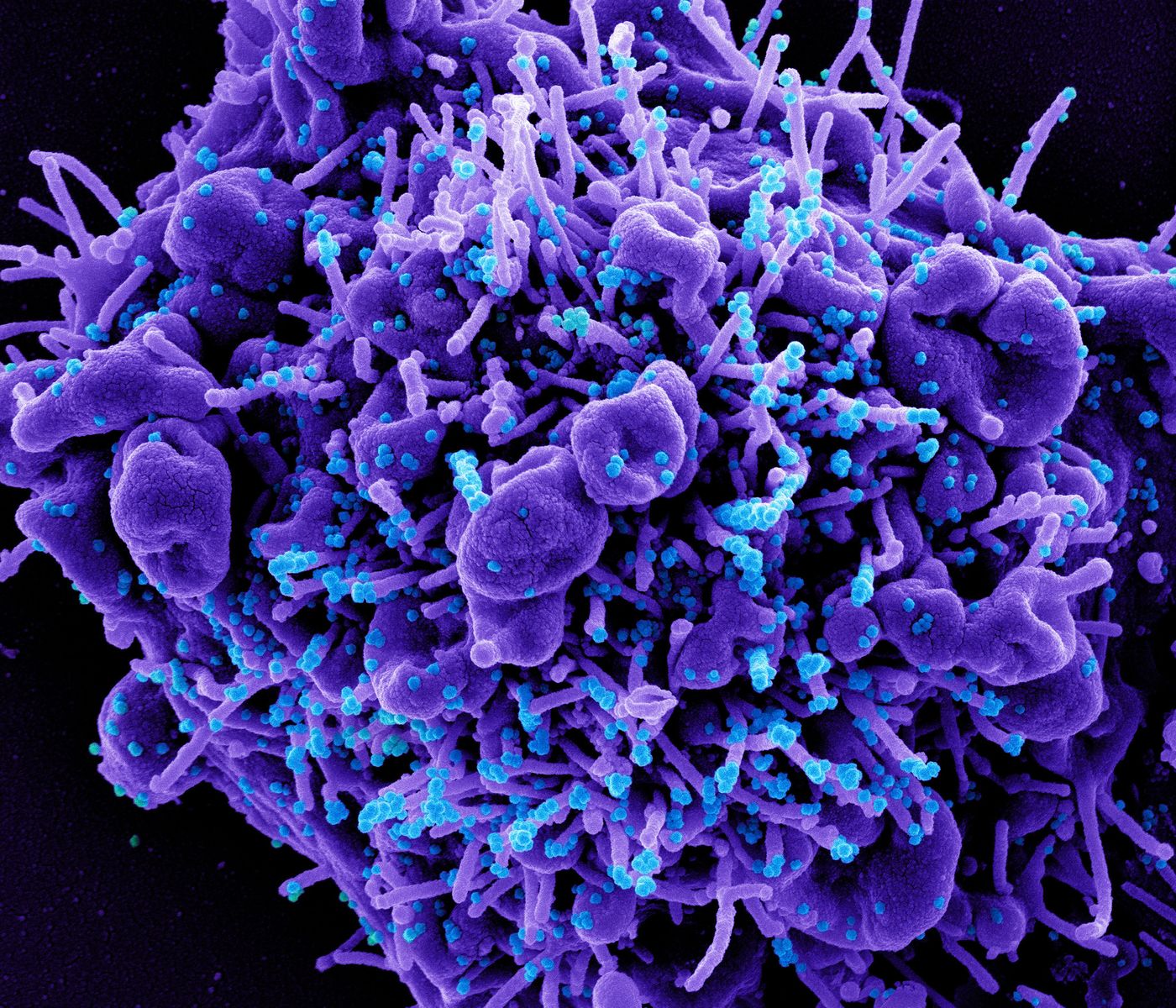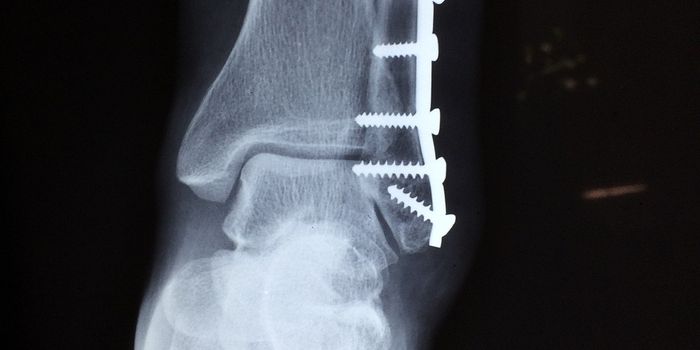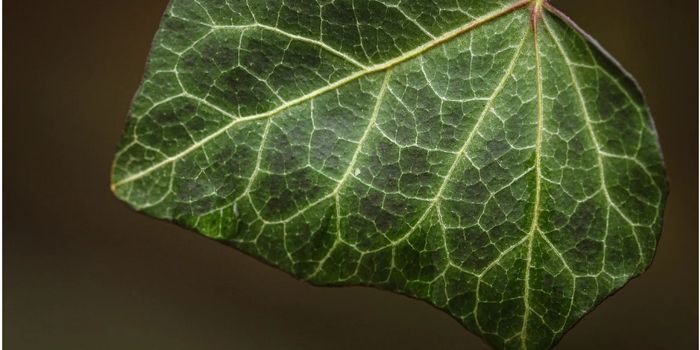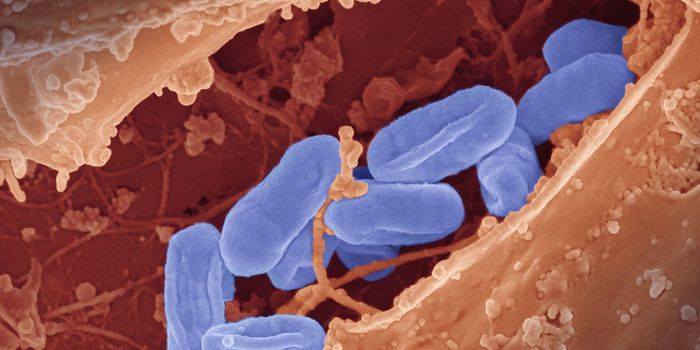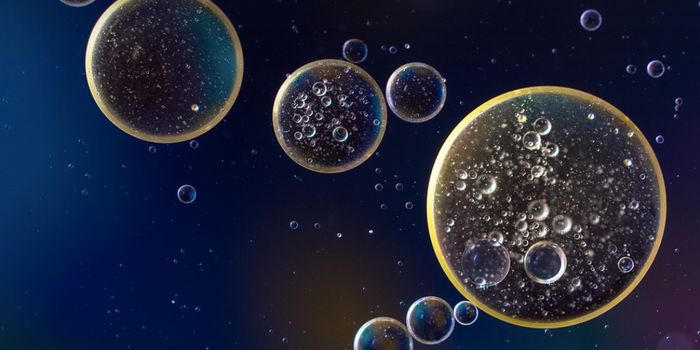Why SARS-CoV-2 Mutations Make the Virus More Infectious
The SARS-CoV-2 pandemic virus that causes the illness COVID-19 has now had ample opportunity to infect millions, which has presented it with the chance to mutate in different ways. Some mutations that might happen in a viral genome may be detrimental, but evolution favors mutations that will help the organism. As such, SARS-CoV-2 variants have emerged that have led to an increase in the rate of infection in several countries.
Scientists may have now learned why the new mutations found in many COVID-19 patients are helping the virus infect more people. These mutations have caused slight alterations to the structure of the spike protein, which the virus uses to latch on to potential host cells. Once the virus's spike protein binds to a cell, often to a receptor called ACE2, it can merge with the host cell's membrane and deposit its genetic contents inside, infecting the cell and taking it over.
In this study, which was reported in the Proceedings of the National Academy of Sciences, the researchers utilized a tool called electron cryomicroscopy to elucidate the structure of the spike proteins in mutated forms of the virus. When the researchers compared the mutant strain spike protein to the original SARS-CoV-2 virus that has already infected so many people, they found that the mutated spike is more open and flexible, which allows it to bind to receptors on human cells more readily. The structure of the original spike protein was more closed while the mutant is able to take on different forms that are open and erect; this primes the spike protein to bind to the human ACE2 receptor.
"As this mutant version likely binds more easily to cells, it has an advantage over the original spike. This could be one reason why this variant now predominates over the initial spike, and it is more wide-spread in circulation," explained the co-lead study author Dr. Donald Benton, a postdoctoral training fellow at the Structural Biology of Disease Processes Laboratory at the Francis Crick Institute.
This may not be all bad news, however. The study authors suggested that while this mutation is advantageous to the virus now, it may become a liability. The open structure could be more susceptible to antibodies that can neutralize it, prevent it from binding to human cells and causing infection.
"During the first wave of infection, most people didn't have antibodies to SARS-CoV-2, so this open-structured mutant spike could have been beneficial to the virus. However, as time goes on, more people will have antibodies as a result of previous infection or vaccination. And as this mutant spike presents more surface area, it is more exposed to these antibodies, which could be a disadvantage," explained the co-lead study author Dr. Antoni Wrobel, a postdoctoral training fellow at the Structural Biology of Disease Processes Laboratory at the Crick.
"Studying structural changes in the virus as it continues to mutate helps us to better understand the mechanics of the virus, why one mutant or variant may behave differently to another. This is vital for us to identify strengthens and weaknesses in the virus as it evolves," added study author Steve Gamblin, group leader of the Structural Biology of Disease Processes Laboratory at the Crick.
Sources: Phys.org via The Francis Crick Institute, Proceedings of the National Academy of Sciences
